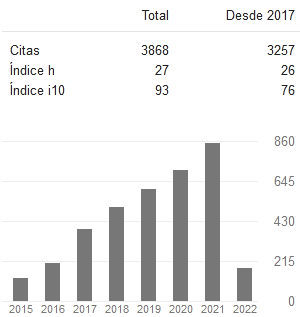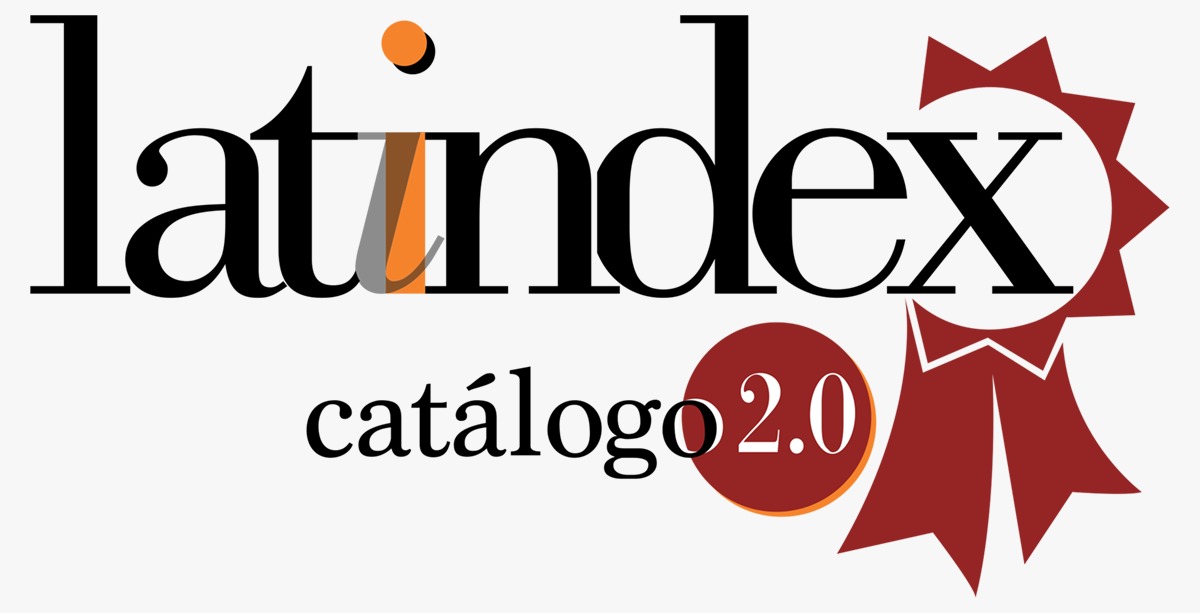SIMULTANEOUS TRANSLATOR SYSTEM OF SIGN LANGUAGE TO VOICE THROUGH A NATURAL USER INTERFACE FOR PEOPLE WITH DISABILITIES
Keywords:
NUI; Disabilities; Translator; Simultaneous; Signs.Abstract
This article describes the result of the convergence of three amounts scenarios in the generation of knowledge: the use of technology, research and community outreach. In technology software generated in C # language, which through natural user interface NUI recognized body movements and detects coordinates; an algorithm allows the association between lexemes captured by the camera and dictionary mnemonic codes for people with speech that are stored in the database disability. With this principle, the prototype developed for translating simultaneously to voice the address, which facilitates communication and interaction with people who know the language gesture - space. From the perspective of community outreach, project materializes inclusion policies and the desire to care for the disabled, a historically marginalized vulnerable sector of society, and that their conditions have huge difficulties in accessing public services.
Downloads
References
Aznárez-Mauleón, M. (2000). Comunicación no verbal y discurso en la fraseología metalingüística con hablar o decir en español actual.
Khoshelham, K. & Elberink, S. O. (2012). Accuracy and resolution of kinect depth data for indoor mapping applications. Sensors,
Santillán, N., & Carolina, K. (2015). Aportes lingüísticos para la sistematización de la lengua de señas de Quito (Doctoral dissertation, Quito/PUCE/2015).
Zhang, Z. (2012). Microsoft Kinect sensor and its effect. MultiMedia, IEEE
Fuentes electrónicas.
Consejo Nacional para la Igualdad de Discapacidades (CONADIS). Diccionario de Lengua de Señas Ecuatoriana Gabriel Román. Ecuador. Disponible: http://www.consejodiscapacidades.gob.ec/diccionario-de-lengua-de-senas-ecua
Microsoft. Tracking Users with Kinect Skeletal Tracking. Disponible en: https://msdn.microsoft.com/en-us/library/jj131025.aspx
Downloads
Published
How to Cite
Conference Proceedings Volume
Section
License
Copyright (c) 2020 Verónica Elizabet Rodríguez Arboleda , Juan Sebastián Grijalva Lima, Yamirlis Gallar Pérez

This work is licensed under a Creative Commons Attribution 4.0 International License.
Usted es libre de:
- Compartir — copiar y redistribuir el material en cualquier medio o formato
- Adaptar — remezclar, transformar y construir a partir del material para cualquier propósito, incluso comercialmente.
Bajo los siguientes términos:
- Atribución — Usted debe dar crédito de manera adecuada, brindar un enlace a la licencia, e indicar si se han realizado cambios. Puede hacerlo en cualquier forma razonable, pero no de forma tal que sugiera que usted o su uso tienen el apoyo de la licenciante.
- No hay restricciones adicionales — No puede aplicar términos legales ni medidas tecnológicas que restrinjan legalmente a otras a hacer cualquier uso permitido por la licencia.














































